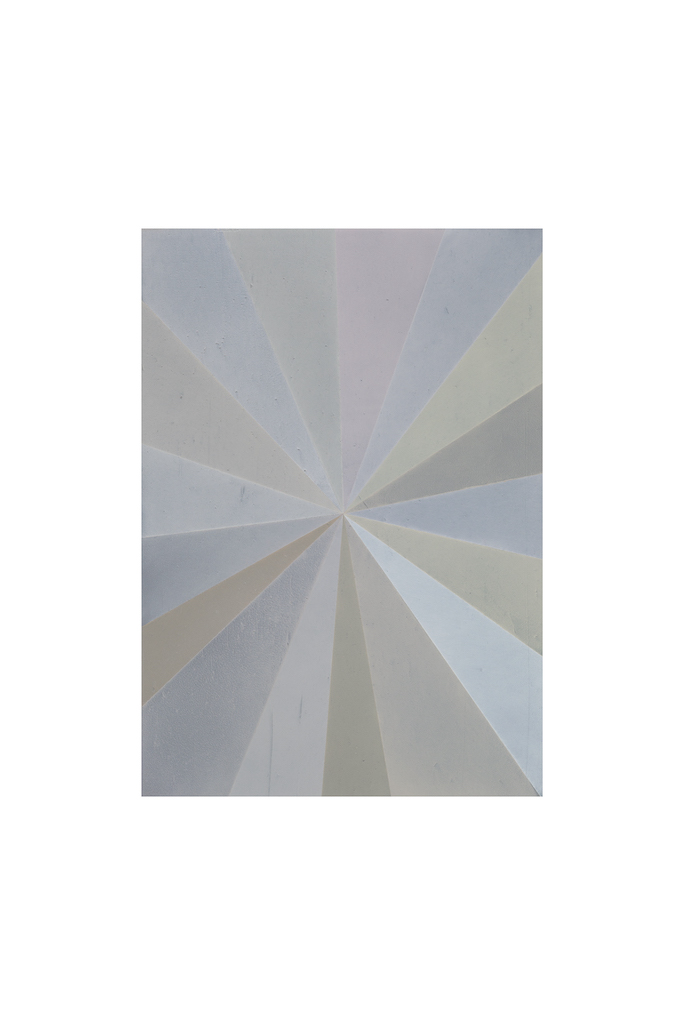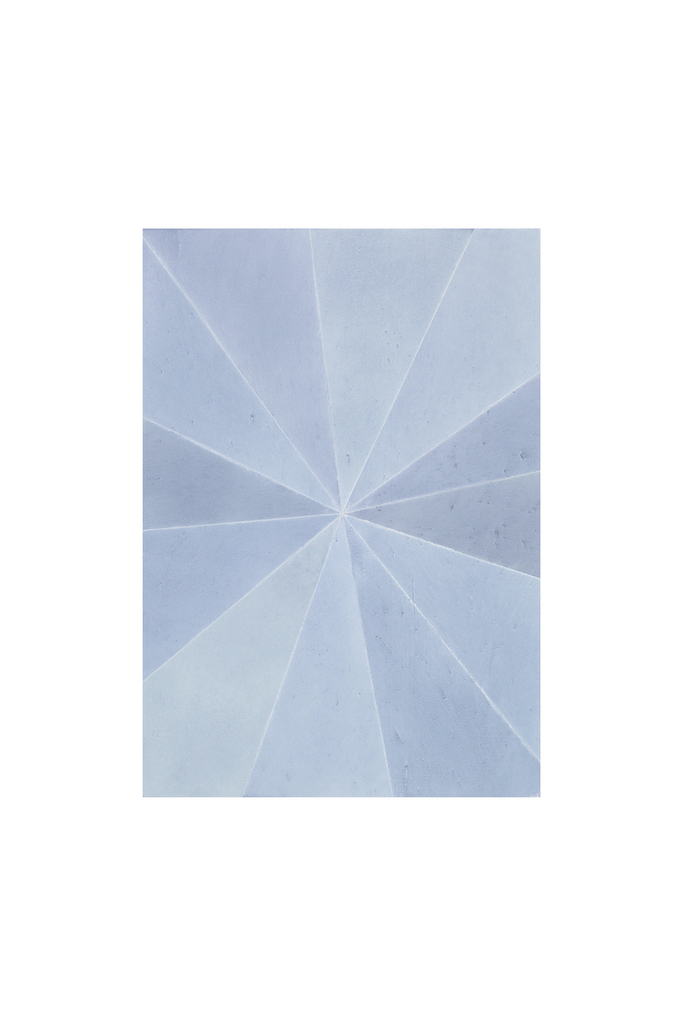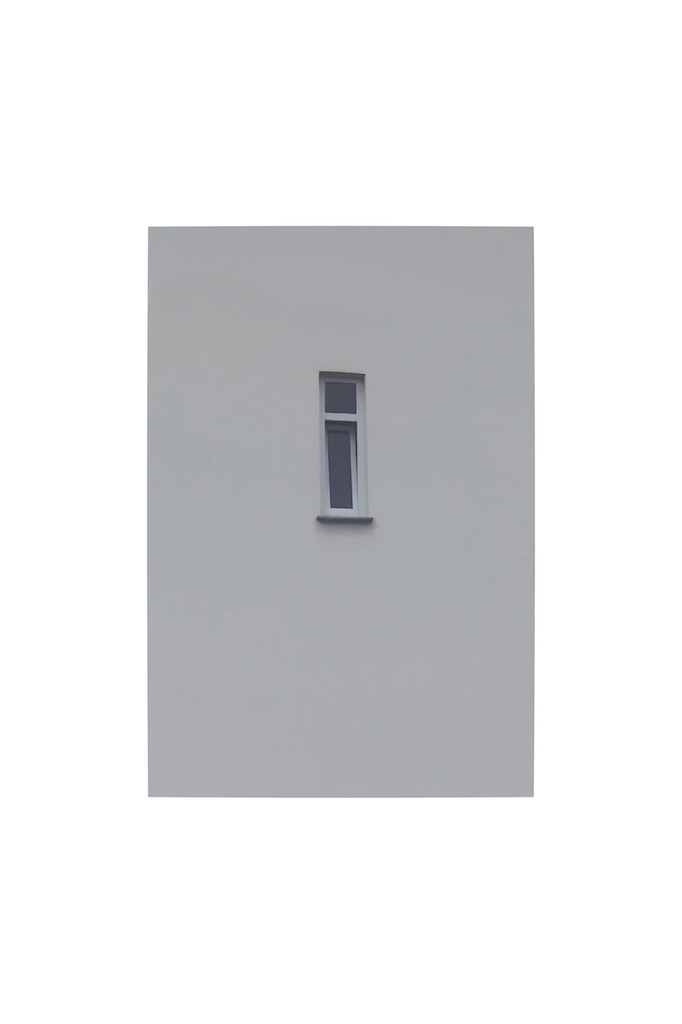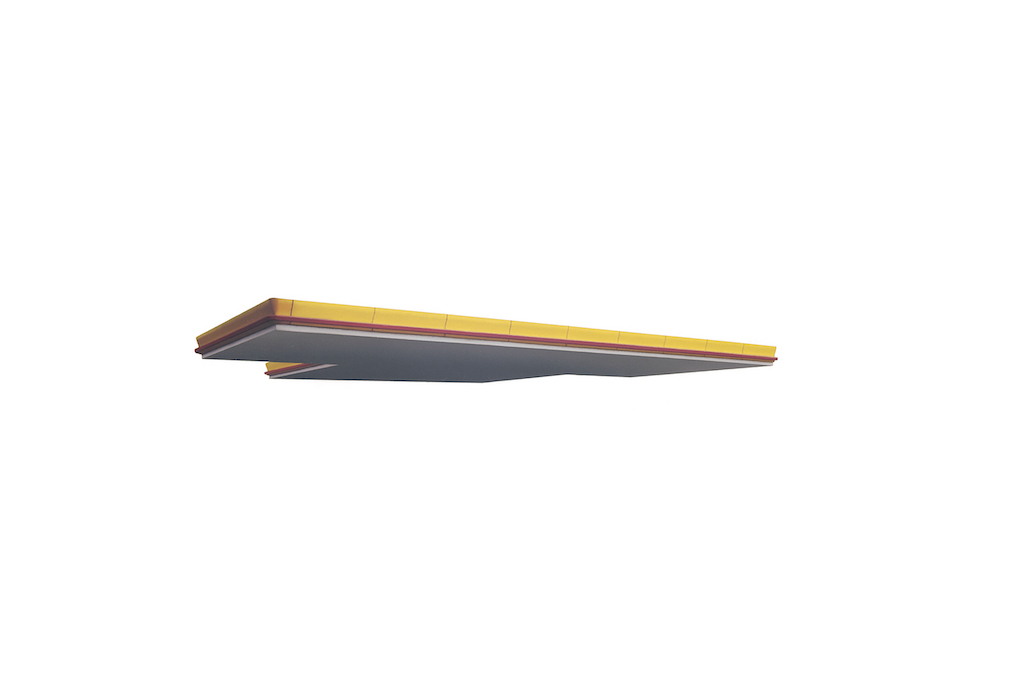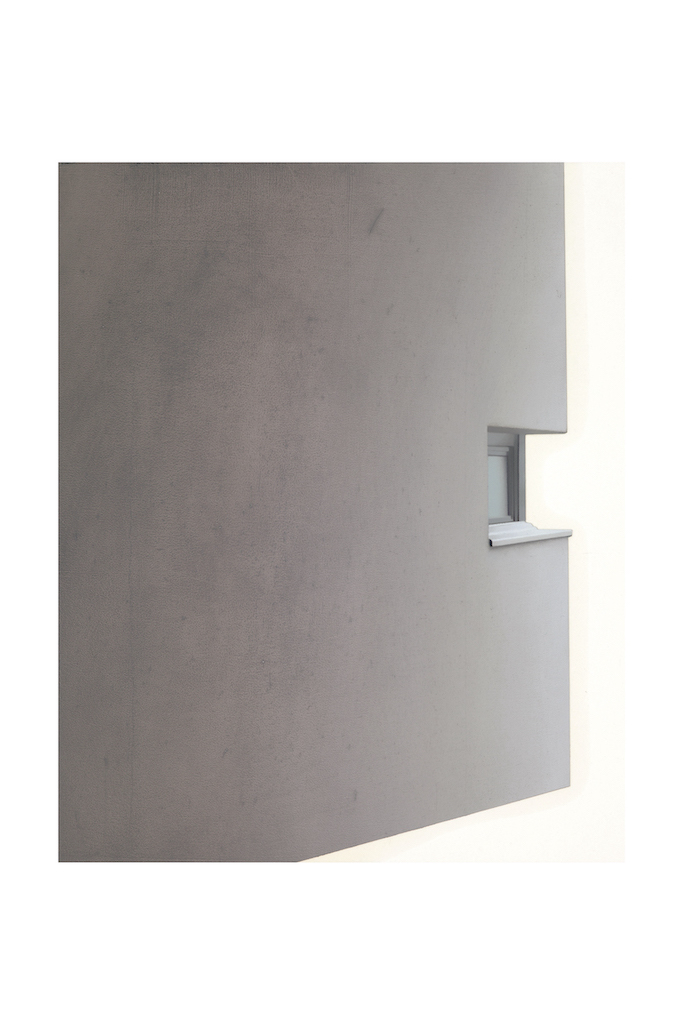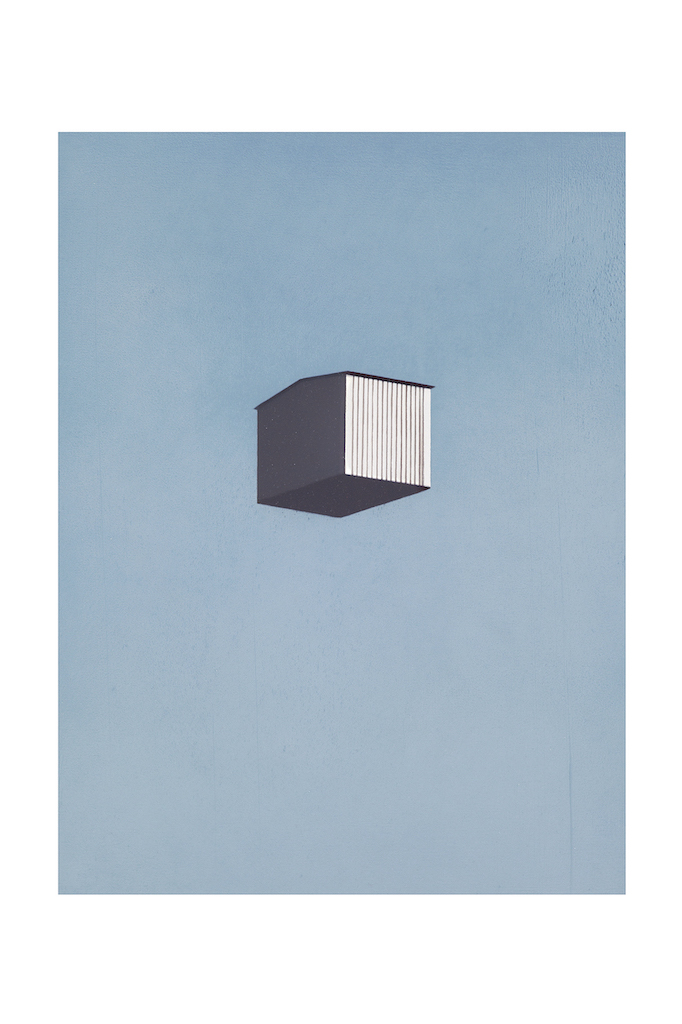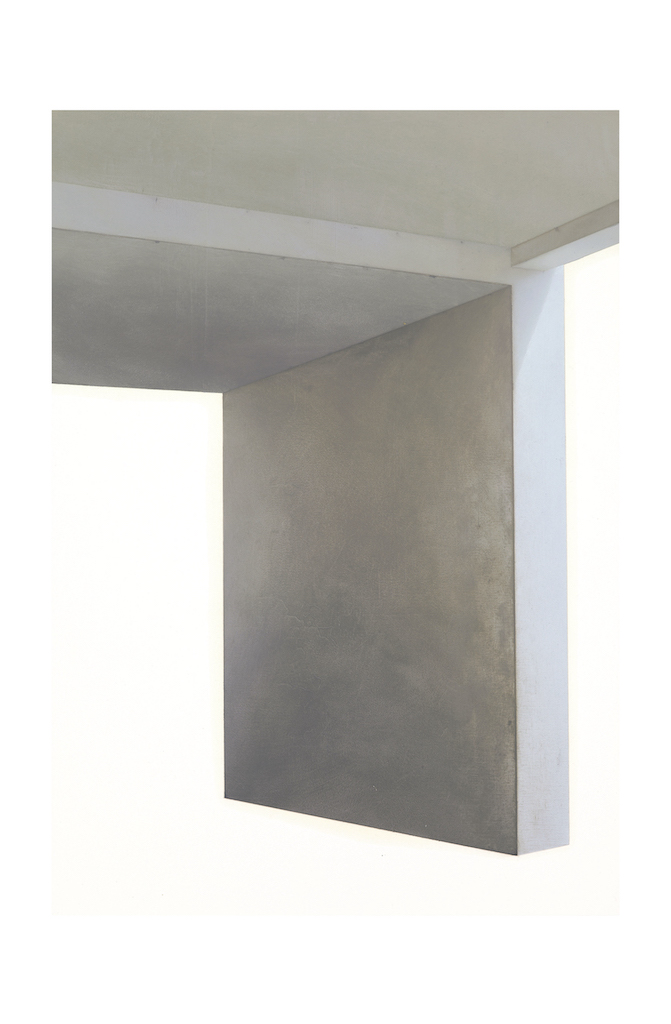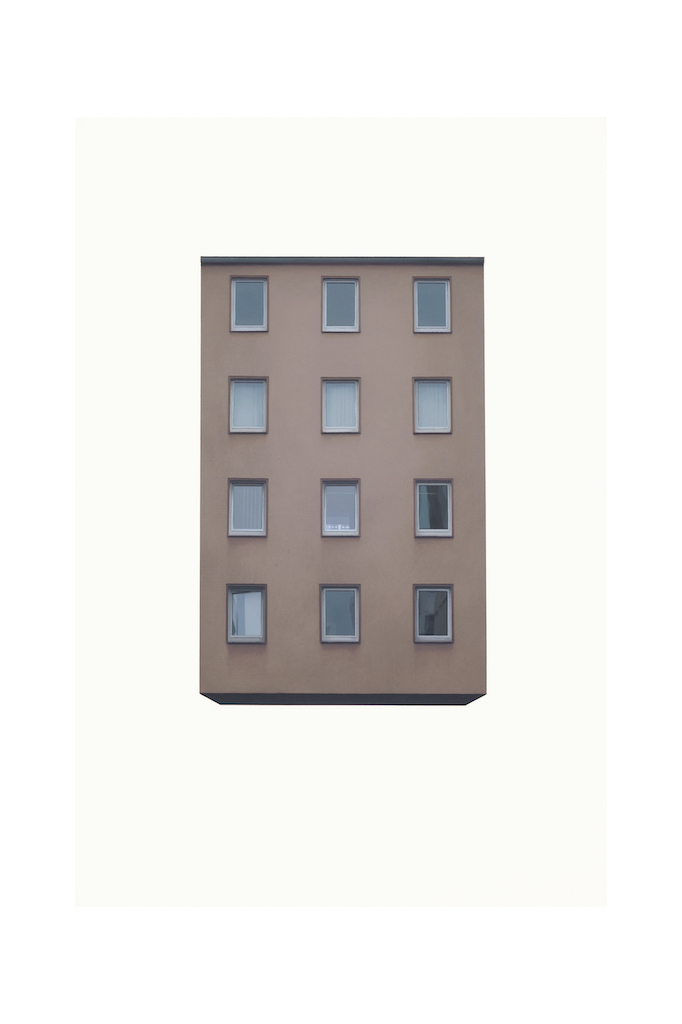Daniel Behrendt
Solo exhibitions
| 2020 | Kontrast, Galerie Leuenroth, Frankfurt Am Main |
| 2019 | Ruhe (mit Kiyoshi Shiraishi) Palais Für Aktuelle Kunst, Glückstadt |
| 2018 | Lab II/2018, Evelyn Drewes | Galerie, Hamburg |
| Ombrage, Galerie Leuenroth, Frankfurt Am Main | |
| 2017 | One Artist´s Show, Galerie Leuenroth, Art-Karlsruhe |
| 2016 | Farbe, (mit Tongtad Mahasuwan) Galerie Der Schlumper, Hamburg |
| 2015 | Daniel Behrendt, Kunstverein Detmold |
| Daniel Behrendt, Galerie Leuenroth, Frankfurt Am Main | |
| 2014 | Stadtgeflüster, Galerie Marion Scharmann, Cologne |
| Urbanität, Gmünder Kunstverein, Schwäbisch Gmünd | |
| 2013 | Walle, Galerie Leuenroth, Frankfurt Am Main |
| 2012 | Reduktion In Der Malerei, Kunstverein Wolfenbüttel |
| 2011 | Areal, Galerie Leuenroth, Frankfurt Am Main |
Group exhibitions
| 2019 | Wonderwall, Galerie Leuenroth, Frankfurt Am Main |
| Konkret Bremen, Städtische Galerie Bremen | |
| 2018 | Preparing For Darkness, Kühlhaus Berlin, Berlin |
| Urbane Begegnungen, Galerie Robert Drees, Hannover | |
| 2017 | The Proof Is In The Pudding – Karin Kneffel Und 28 Meisterschüler, Galerie Noah, Augsburg |
| Immanence. Contemporary Notes, Pictura Groningen | |
| Nordwestkunst, Kunsthalle Wilhelmshaven | |
| 2016 | Meistern, Galerie Evelyn Drewes, Hamburg |
| Neue Sachlichkeit, Art Docks Galerie, Bremen | |
| Hello Goodbye, Galerie Marion Scharmann, Cologne | |
| 2015 | Venue, Galerie Fein Kunst Krüger, Hamburg |
| 2014 | 37. Bremer Förderpreis, Die Nominierten, Städtische Galerie Bremen |
| Head And Shoulders, Städtische Galerie, Delmenhorst | |
| 2013 | 19 Truths, Galerie Marion Scharmann, Cologne |
| Salon Salder 2013, Salon Salder, Salzgitter | |
| 2012 | Junge Kunst Aus Niedersachsen Im Syker Vorwerk, Zentrum Für Zeitgenössische Kunst, Syke |
| 35. Bremer Förderpreis, Die Nominierten, Städtische Galerie Bremen | |
| 2011 | Fortuna, Galerie Leuenroth, Frankfurt / Main |
| 2010 | Retour De Paris. Unsere Meister Vom Expressionimus Bis Heute, Von Der Heydt- Museum, Wuppertal |
Texts
Not decorative. Fundamental.
Reduction in the painting of Daniel Behrendt
The event of this painterly surface dominates the pictorial life, even though it is true for all of Daniel Behrendt's works that they additionally build up a tension in the midst of this radical painting, which is constituted by a veristically painted admission, an incorruptibly precise visualized narrow window opening, one or more windows, a corner, the shape of a balcony.
It is in the empty surfaces, filled with the materiality of color, that the sharpening of the pictorial idea takes place most palpably. It takes place through the reduction to the painterly. Nothing happens in Daniel Behrendt's paintings. The event is painting itself. It shows itself as dense materiality. The massiveness of the surface is created by impasto squeegeed oil-paint layers and filigree held incursions. It allows the seen to become what it pretends to be. Thus, Daniel Behrendt's works always cause a reflection of appearance and deception. In an uncomfortable and direct manner, the supposedly familiar confronts us as the foreign, in order to pose questions about the relationship between reality and art in the unfamiliar terrain.
About the abstract paintings of Barnett Newman Jean.Francois Lyotard has said that they belong to "the annunciations, the epiphanies"[3]: "A painting by Newman is an angel. He proclaims nothing, he is himself the proclamation." Daniel Behrendt has worked with Barnett Newman without seeking his proximity in the way he works. And yet, for all their sobriety, some of his paintings achieve something of the pathos of the sublime that Lyotard ascribed to Barnett Newman. The feeling of the sublime, Lyotard writes, arises from the artful repression of a looming pain, without it ever being entirely absent[4]. In this determination, Lyotard follows the great thinkers Burke and Kant. Pain lurks in such objects from which a certain threat emanates: Darkness, solitude, silence - death. The art of the sublime cancels out the mortal threat, not by offering the bad consolation of mysterious salvation, but by finding a language for the terror to withstand it.
Behrendt takes the path to the formulation of horror through decisiveness. He makes the material of painting the site of the staging of emptiness, anonymity, forlornness. His painting is abrupt, yet sublime. He succeeds in liberating himself from the prison of figurative painting of the previous generation by making the narrative object more concise. He does not erase it, he does not use the strategy of destruction like the avant-gardes at the beginning and in the middle of the 20th century[5], but he reduces and leads the representational through the composition, through the materiality, through the size and the use of color into a silence in which the objects appear like the few words of a poem on an almost blank page. Something is there. One can also say something is happening.
With this aesthetic effectiveness Daniel Behrendt belongs to the important painters of the young generation of artists.
Barbara Alms
[1] Alexander Mitscherlich: Die Unwirtlichkeit unserer Städte. Anstiftung zum Unfrieden. Frankfurt a. M. 1965
[2] Abb. S.
[3] Jean-Francois Lyotard: Der Augenblick, Newman. In: Ders.: Philosophie und Malerei im Zeitalter ihres Experimentierens. Berlin 1986, S. 7-23, S.9
[4] A.a.O., S.16
[5] Alain Badiou unterscheidet als zentrale künstlerische Strategien des 20. und 21. Jahrhunderts die der Auslöschung (Zerstörung) und die der Reduktion (Verknappung). Die erstere von beiden setzt er parallel zum (selbst-)mörderischen und autoritären Gestus des 20. Jahrhunderts. Alain Badiou: Das Jahrhundert. Zürich/Berlin 20

